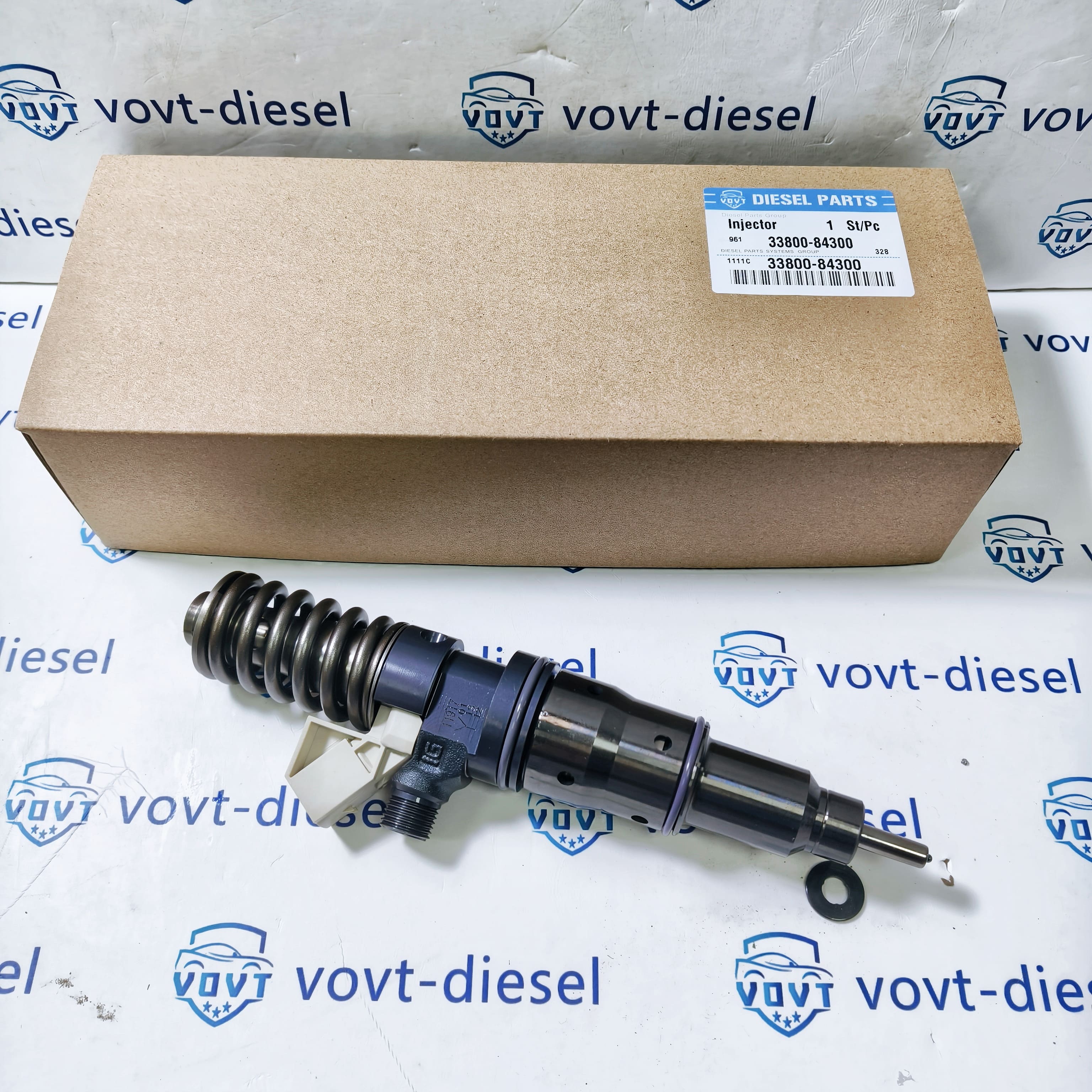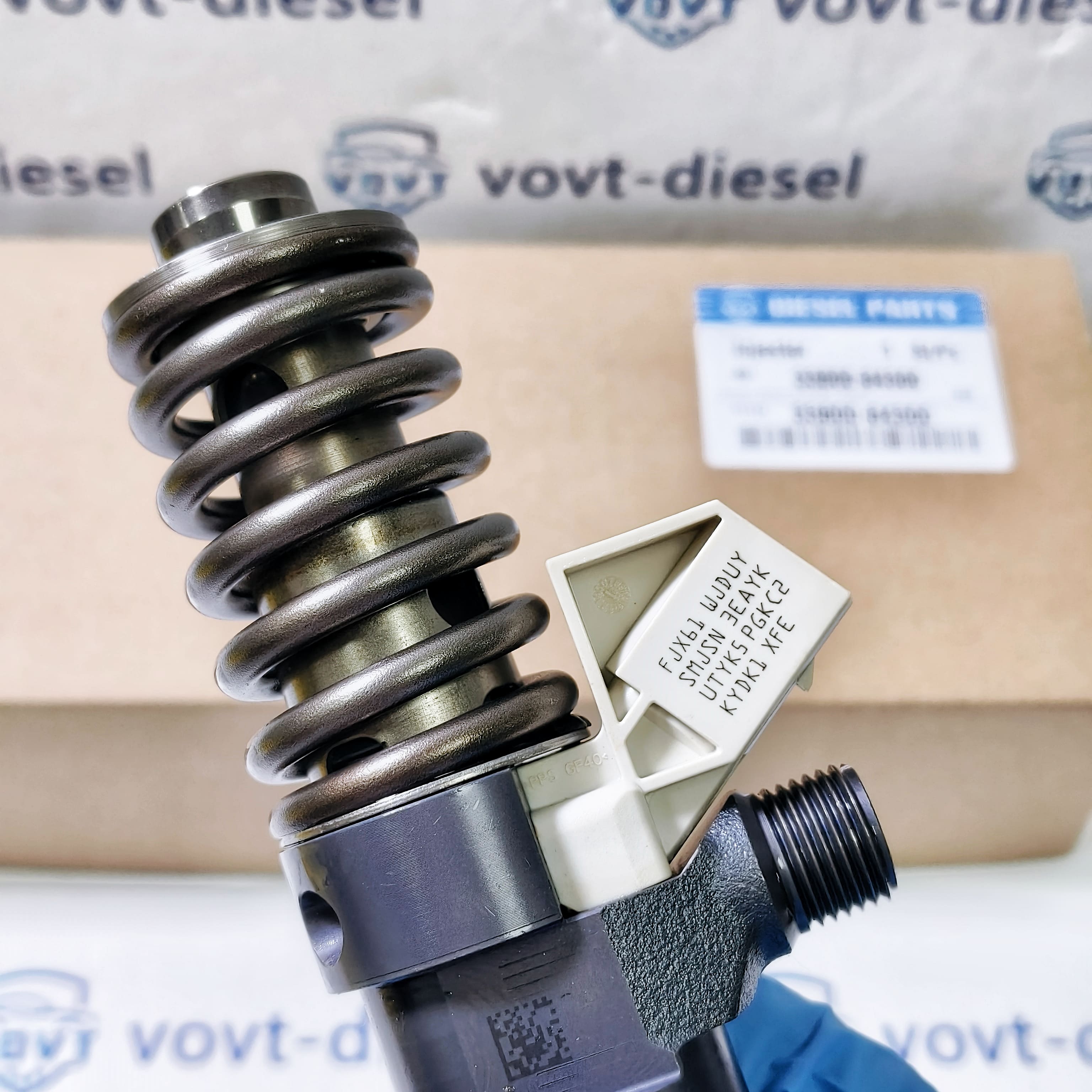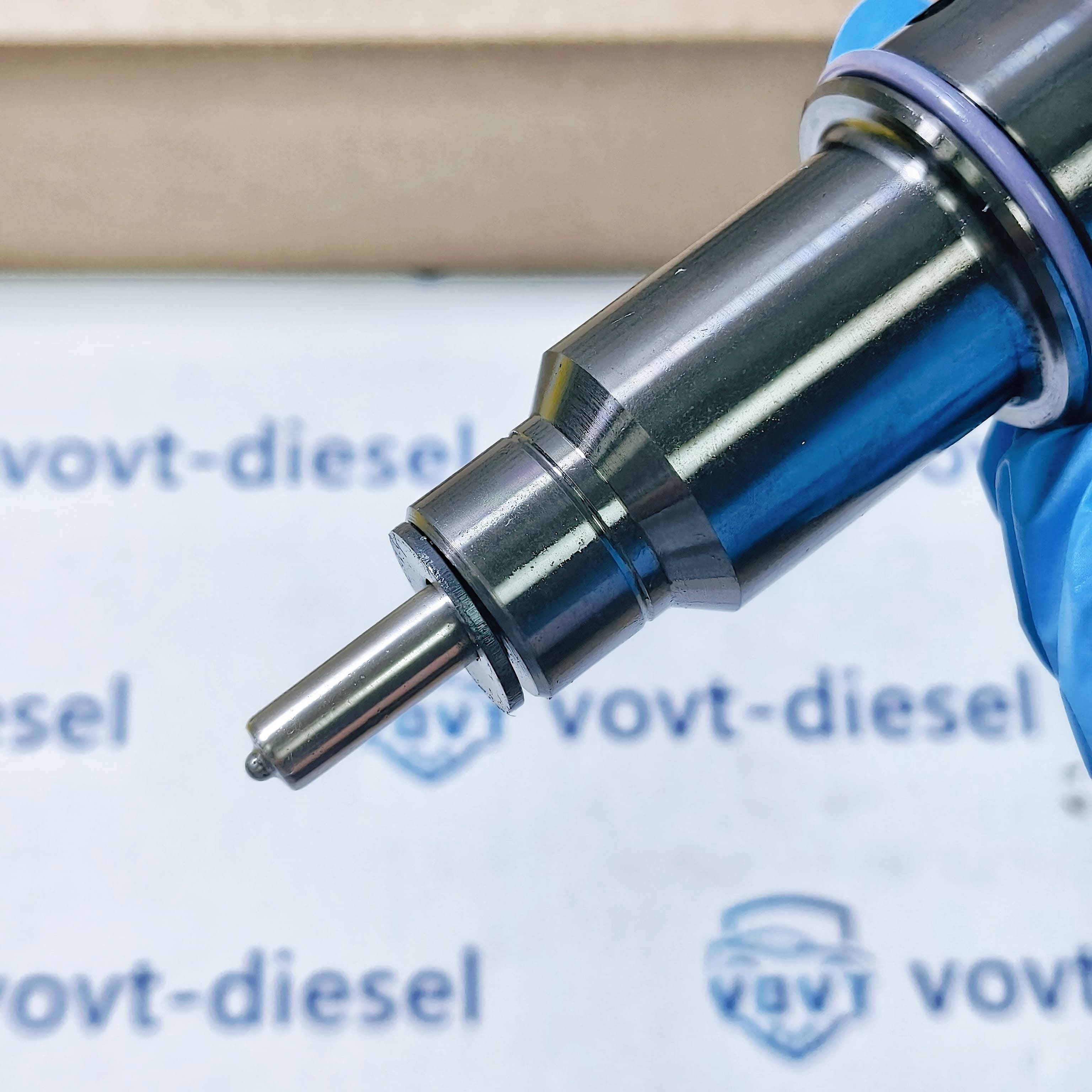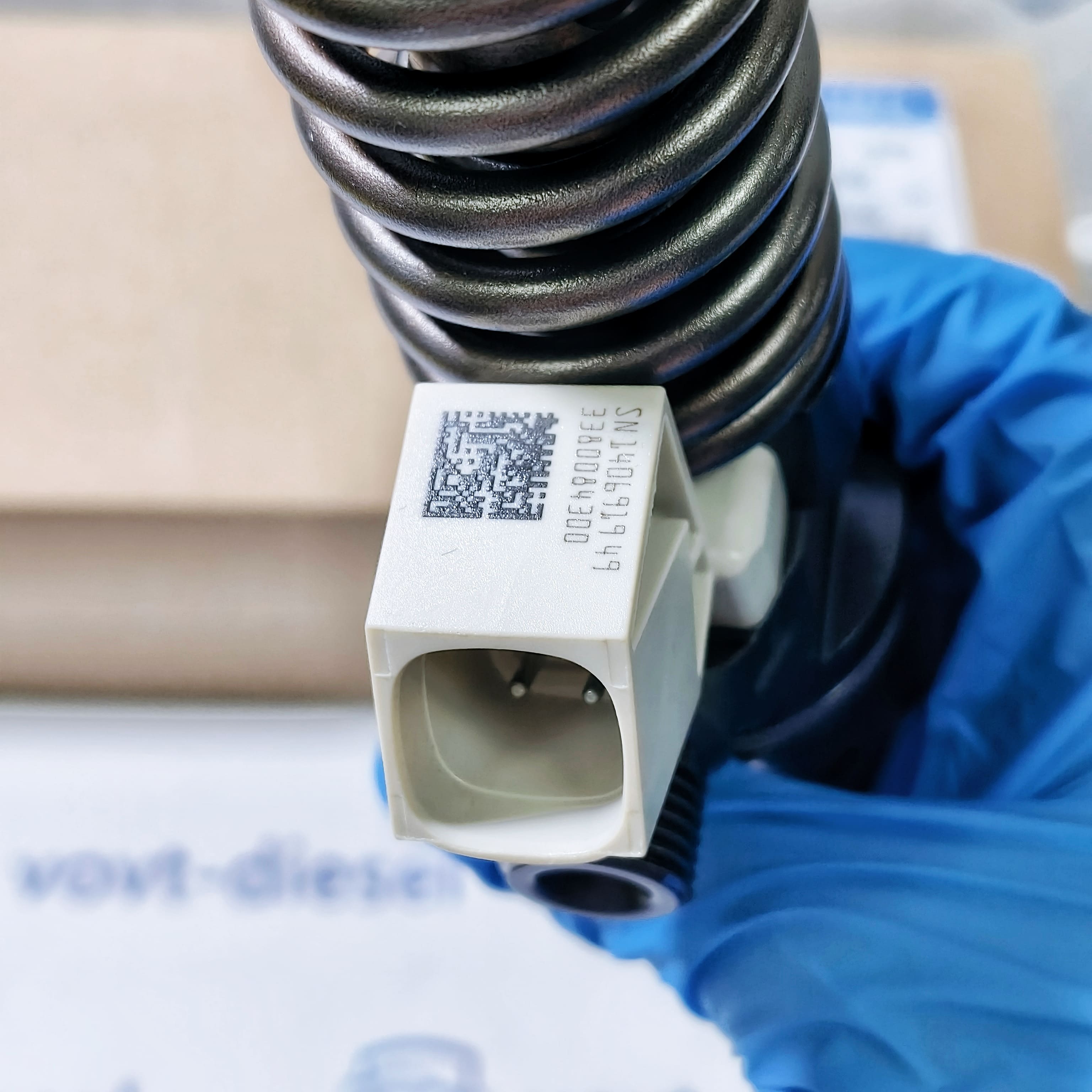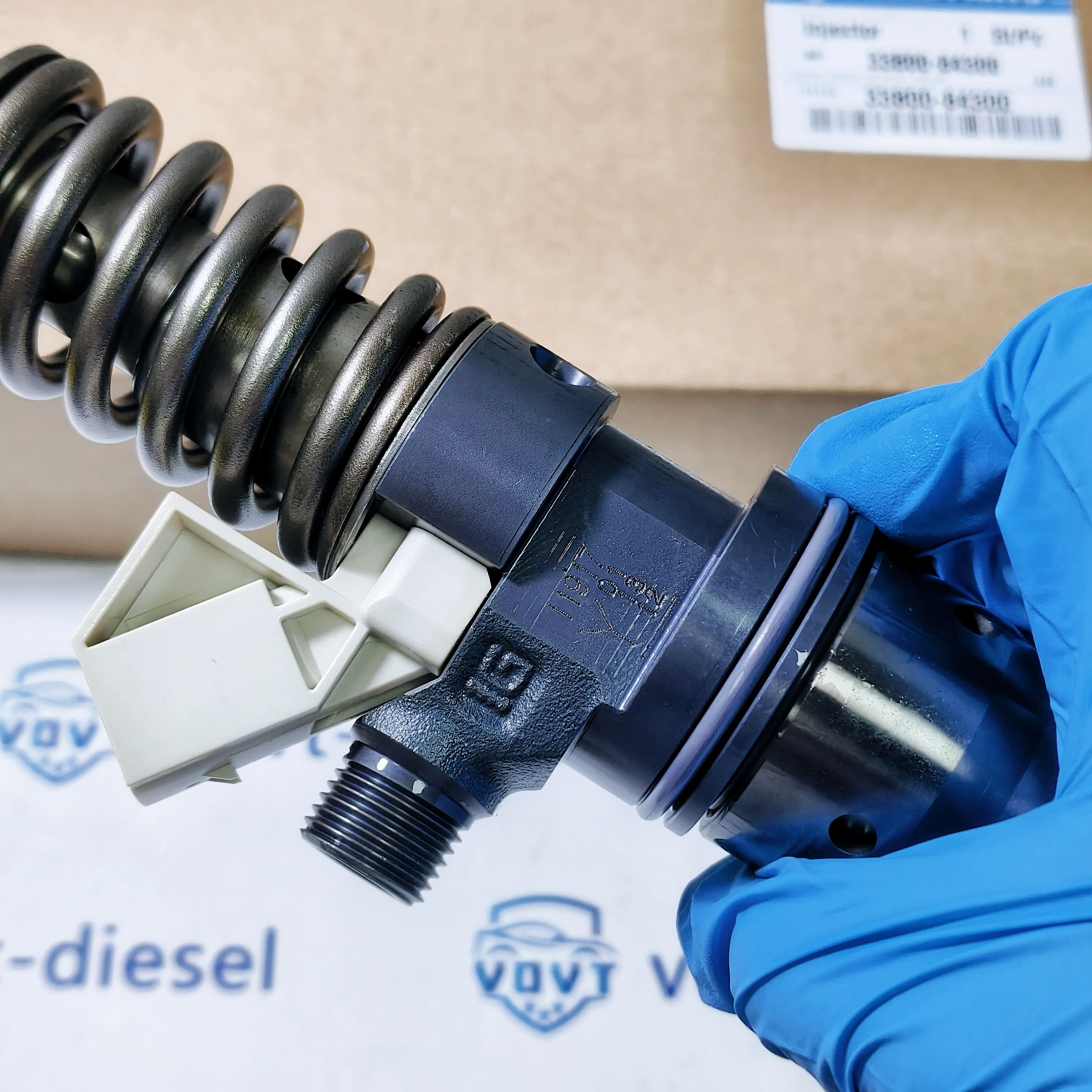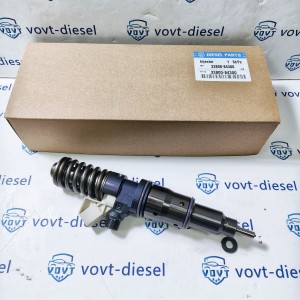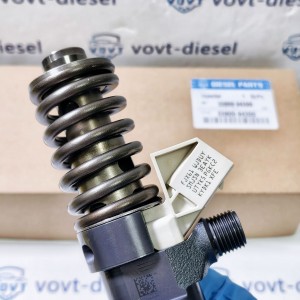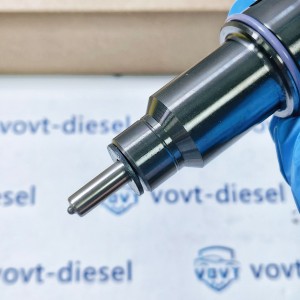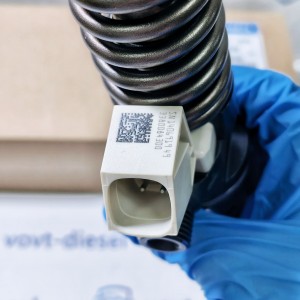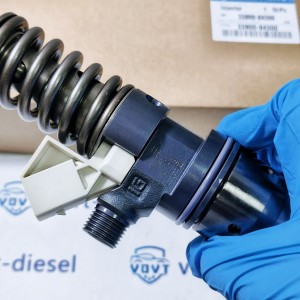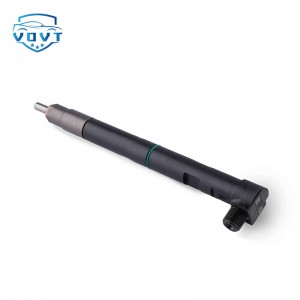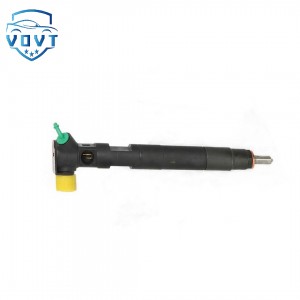High Quality Diesel Fuel Injector 33800-84300 Auto Parts
Products Description
| Reference. Codes | 33800-84300 |
| Application | / |
| MOQ | 4PCS |
| Certification | ISO9001 |
| Place of Origin | China |
| Packaging | Neutral packing |
| Quality Control | 100% tested before shipment |
| Lead time | 7~10 working days |
| Payment | T/T, L/C, Paypal, Western Union, MoneyGram or as your requirement |
Influence of Dynamic Variation of Spray Cone Angle under High-Pressure Injection on In-Cylinder Mixture Uniformity
Abstract
The spray cone angle of injectors plays a decisive role in fuel atomization and the formation of the in-cylinder fuel–air mixture. Under high-pressure injection, the spray cone angle exhibits significant dynamic variation rather than remaining constant, and this transient evolution strongly affects mixture distribution and combustion performance. This paper investigates the mechanism of dynamic spray cone angle changes under high-pressure conditions and analyzes their influence on mixture uniformity, aiming to provide theoretical guidance for injector optimization and low-emission diesel engine design.
1. Introduction
With the development of high-pressure common rail injection technology, fuel atomization has been greatly improved. However, the spray process becomes more transient and complex, particularly in terms of the dynamic evolution of the spray cone angle. Variations in cone angle during the injection period influence penetration depth, spray dispersion, and subsequent mixture formation. Understanding this relationship is crucial for achieving efficient combustion and reducing harmful emissions.
2. Dynamic Characteristics of Spray Cone Angle
At the beginning of injection, the spray cone angle is usually narrow due to insufficient internal turbulence and momentum development. As injection pressure stabilizes, the cone angle widens, promoting enhanced droplet breakup and air entrainment. Near the end of injection, the cone angle may shrink again due to declining injection momentum. This dynamic fluctuation directly modifies the spatial distribution of fuel vapor within the combustion chamber.
3. Effect on Mixture Uniformity
The dynamic variation of the spray cone angle influences in-cylinder mixture uniformity in several ways:
-
Narrow initial angle: Enhances penetration but limits lateral dispersion, leading to local fuel-rich regions.
-
Widened stable angle: Improves atomization, increases air entrainment, and promotes homogeneous fuel–air mixing.
-
Reduced terminal angle: May cause uneven fuel distribution and incomplete mixing, especially at partial loads.
Computational fluid dynamics (CFD) simulations and optical diagnostics confirm that wider and stable cone angles improve mixture stratification, reduce ignition delay variability, and enhance overall combustion efficiency.
4. Implications for Combustion and Emissions
Dynamic spray cone angle evolution strongly affects ignition and combustion stability. A well-optimized cone angle contributes to uniform mixture preparation, lower soot formation, and improved thermal efficiency. Conversely, excessive fluctuation may cause mixture inhomogeneity, resulting in higher NOx emissions or incomplete combustion. Therefore, precise control of injection pressure, nozzle geometry, and spray strategy is essential.
5. Conclusion
The dynamic variation of spray cone angle under high-pressure injection significantly influences mixture uniformity within the combustion chamber. Optimizing cone angle evolution through injector design and injection strategy can enhance fuel–air mixing, stabilize combustion, and reduce emissions. Future research should integrate CFD simulations with advanced optical measurements to establish quantitative relationships between transient spray behavior and combustion characteristics.

